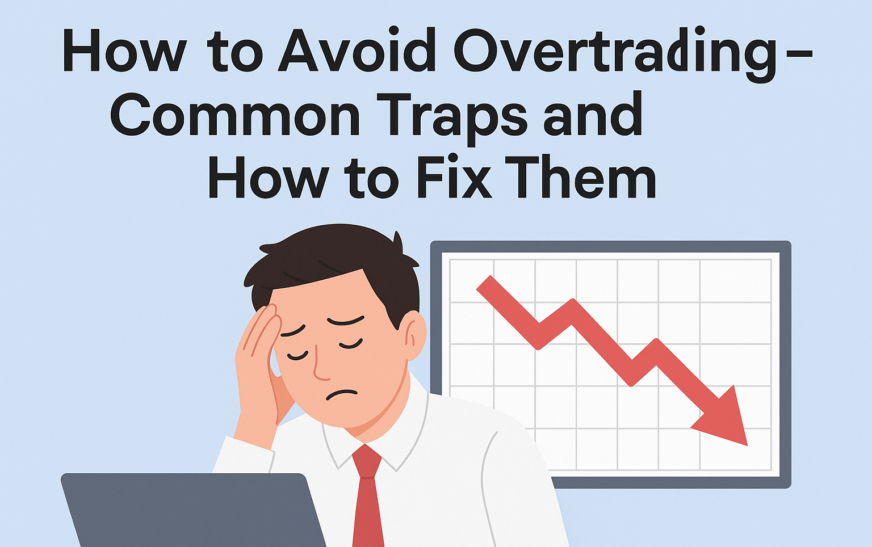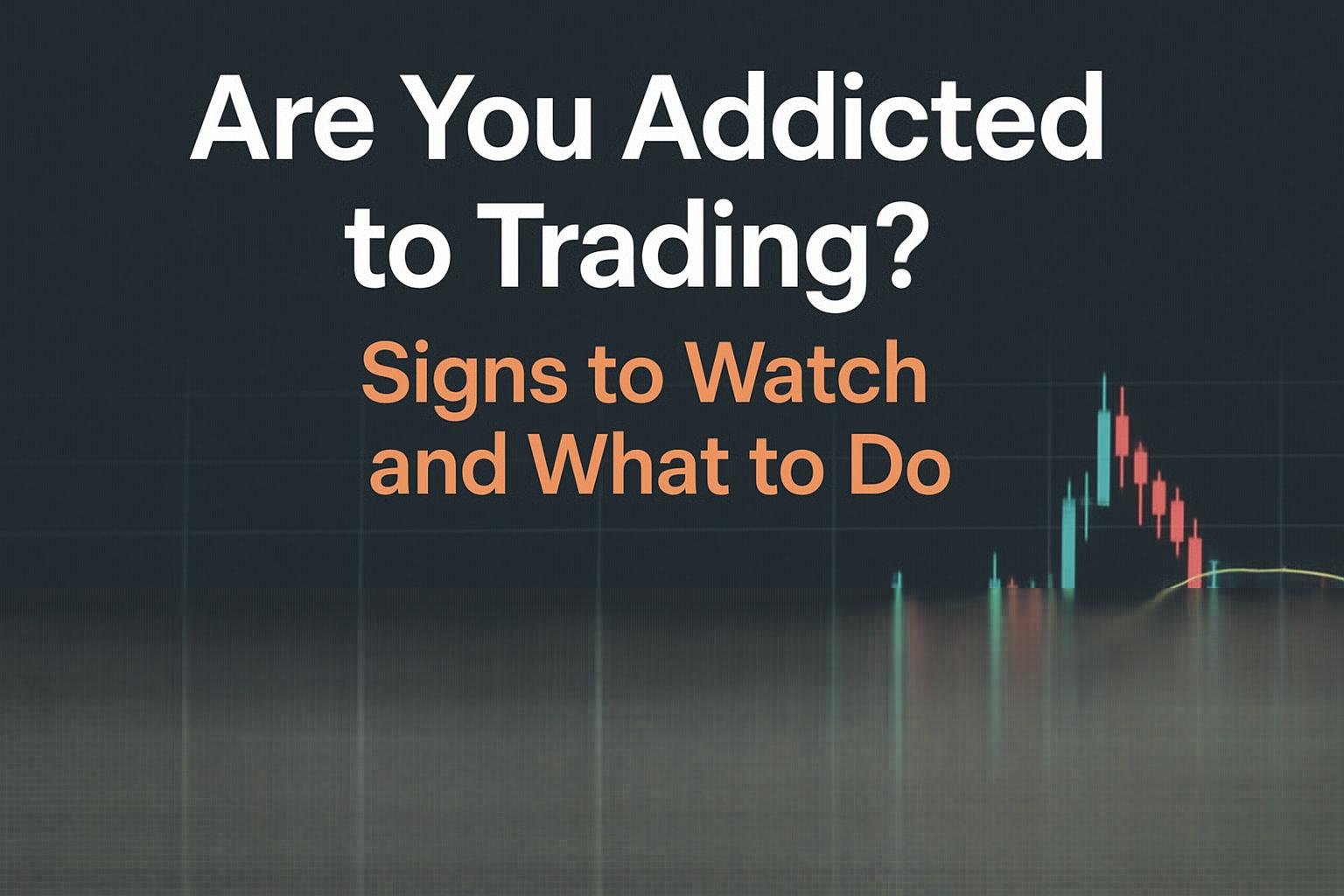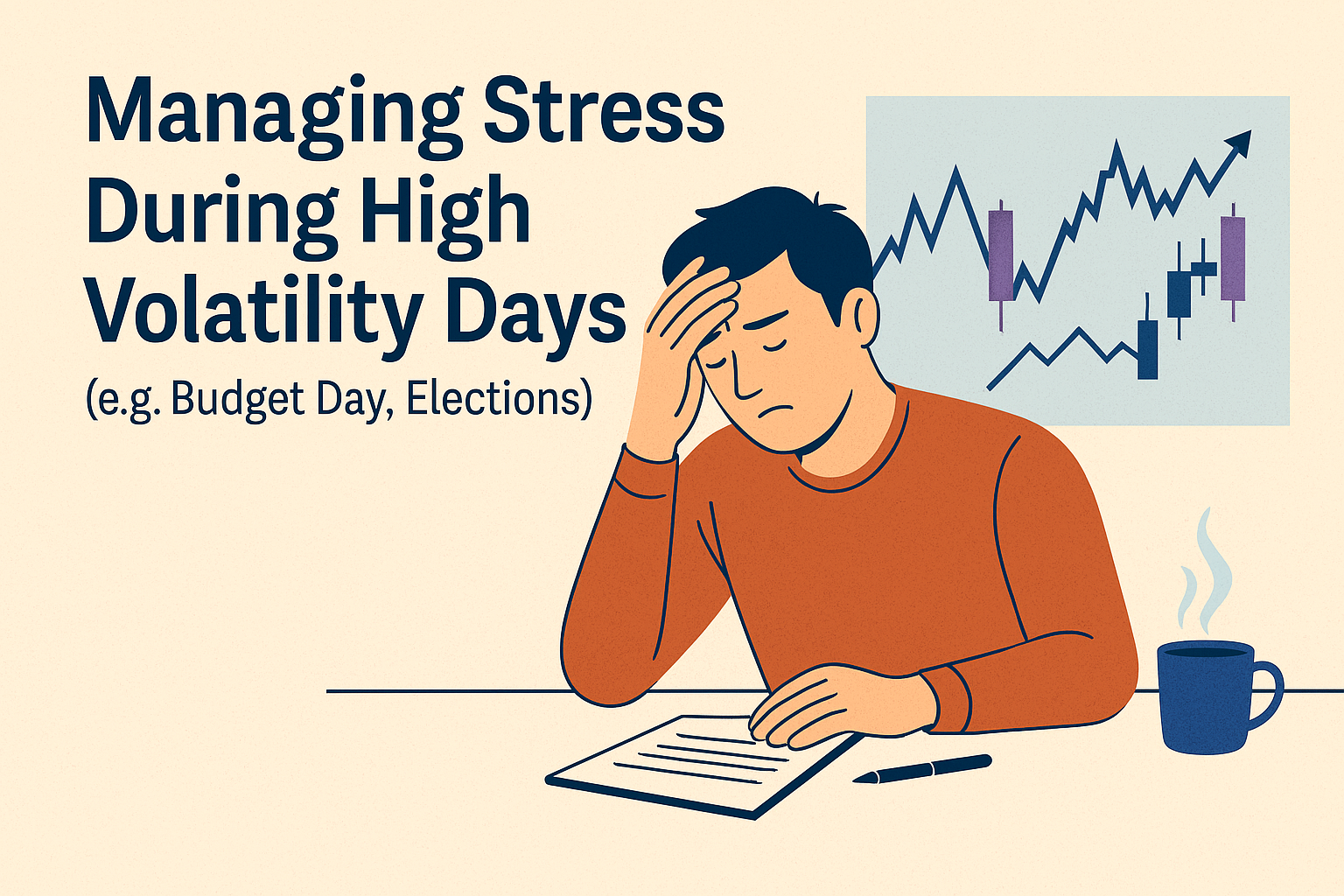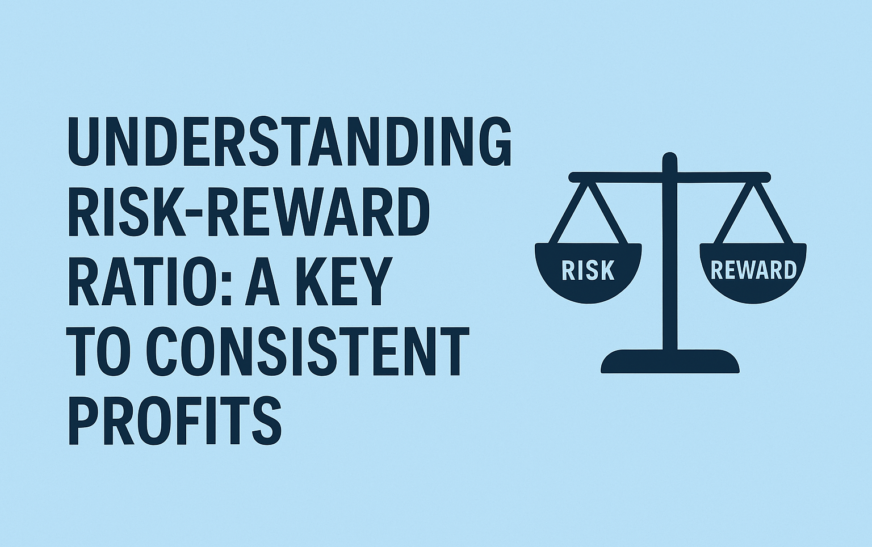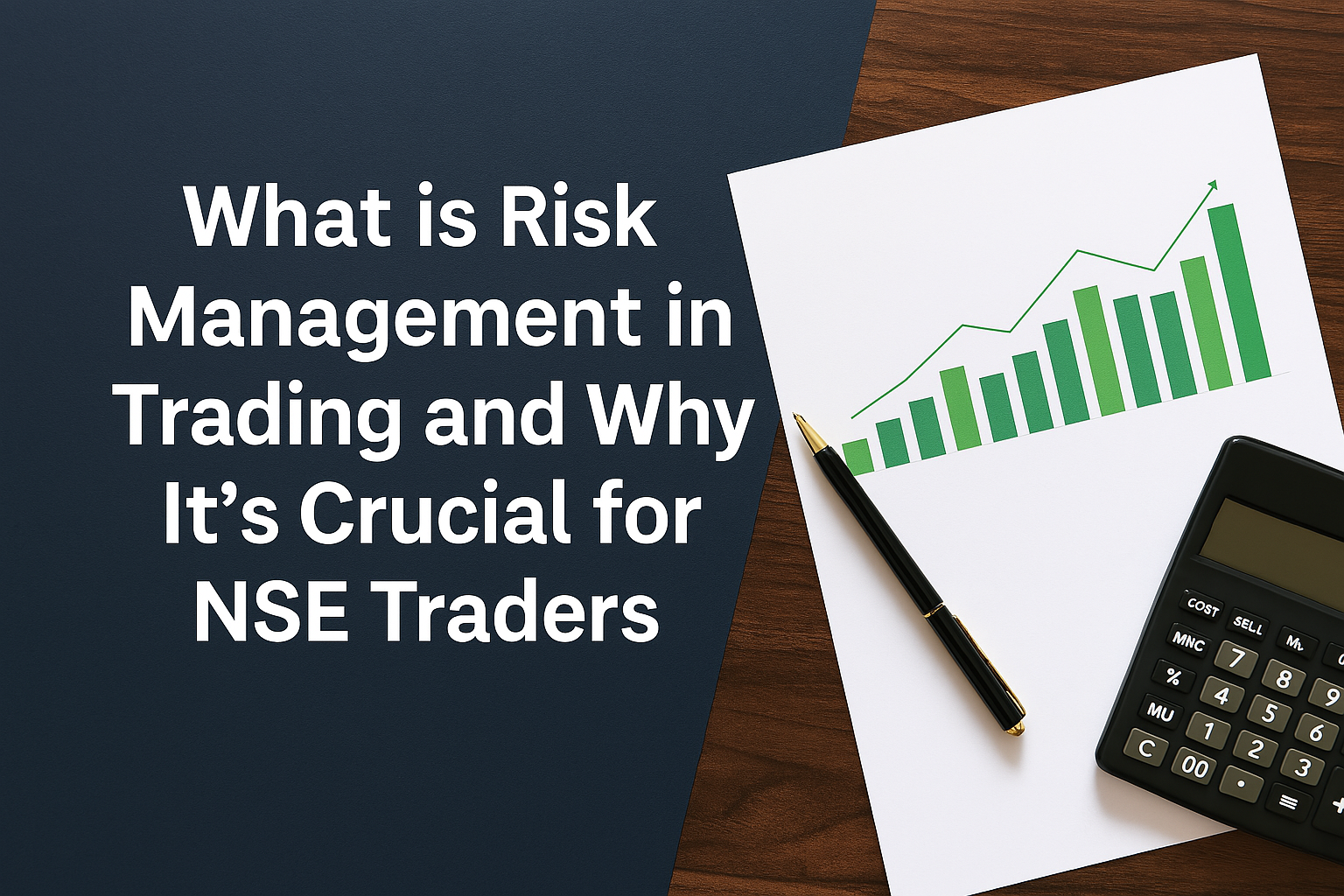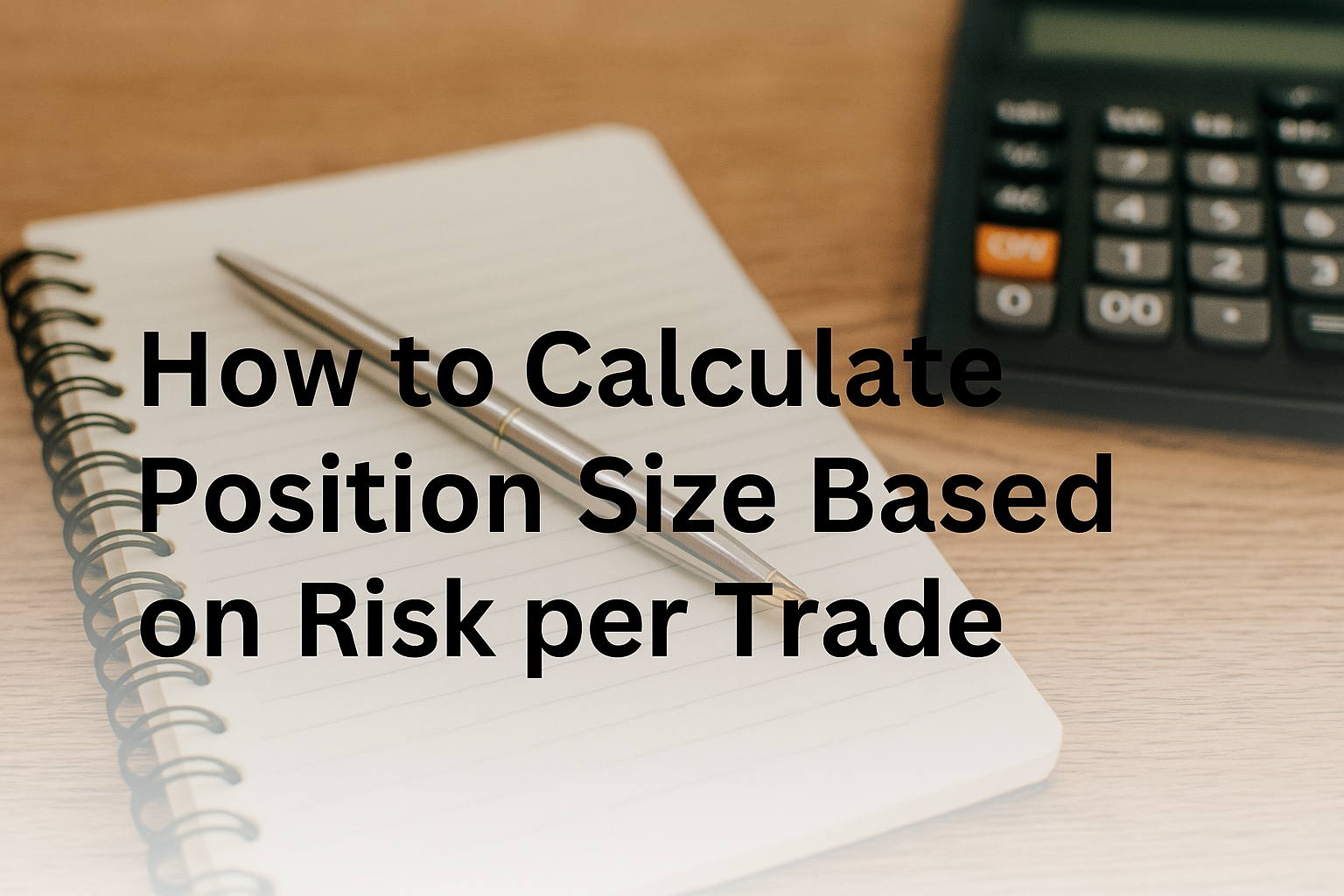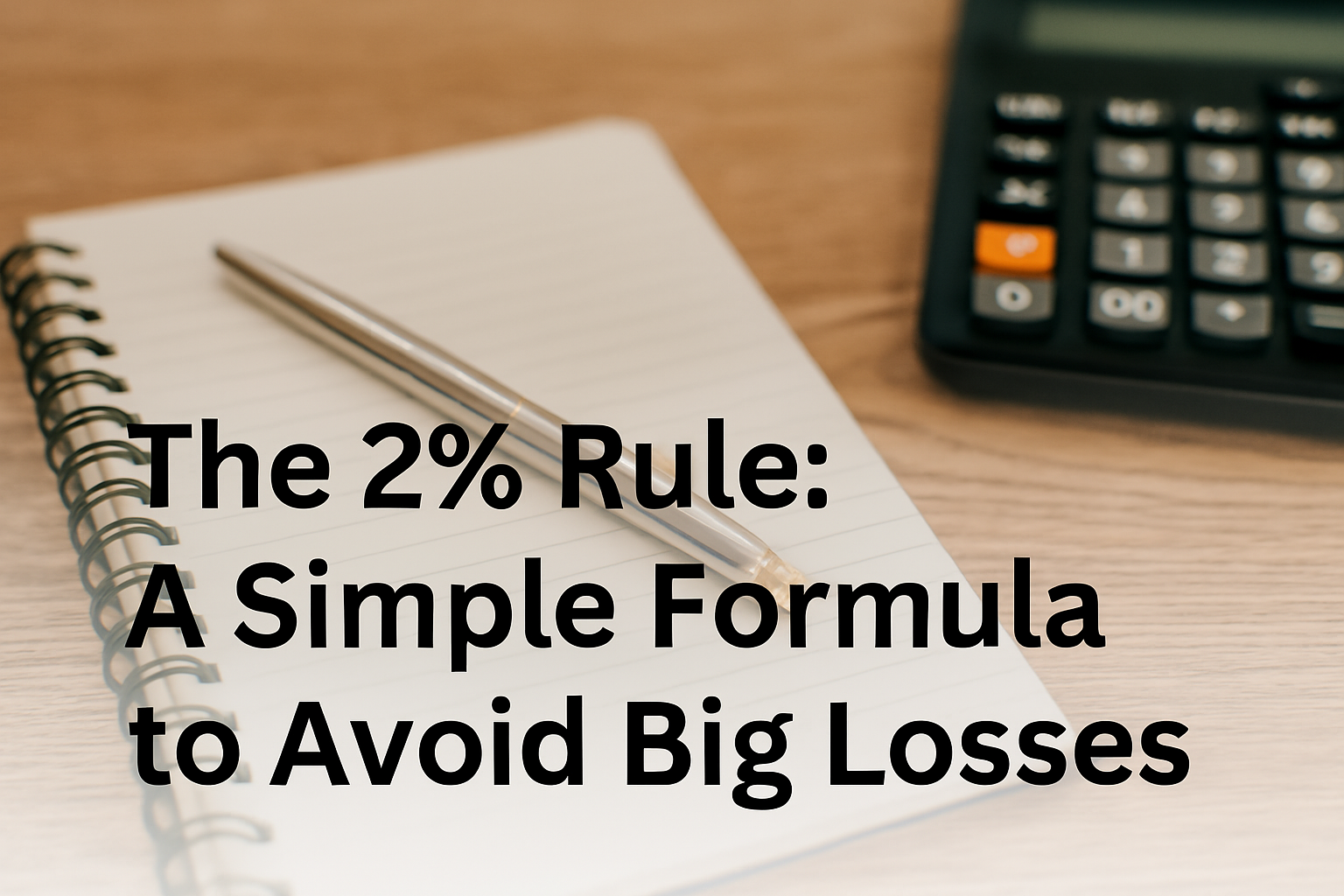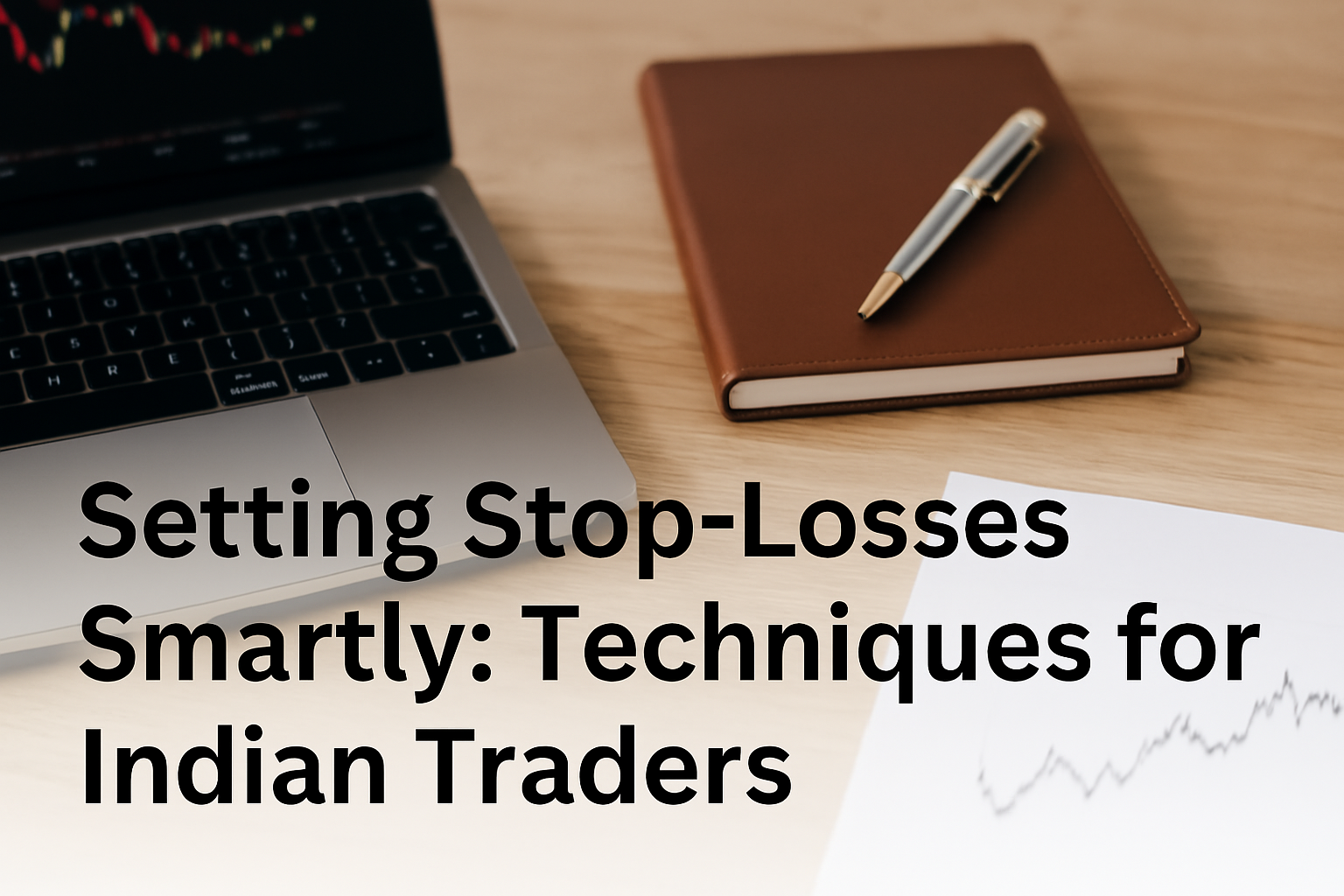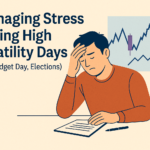Introduction
Overtrading is one of the most common and dangerous habits among new and even experienced traders. It not only drains capital but also leads to emotional exhaustion and impulsive decision-making. In this article, we’ll explore why overtrading happens, what signs to look for, and how to break the cycle.
What Is Overtrading?
Overtrading happens when a trader takes too many trades, often with poor setups or without a clear plan. It usually stems from the desire to make quick profits, recover from losses, or simply feel active in the market.
Common Traps That Lead to Overtrading
1. FOMO (Fear of Missing Out)
You see the market moving and feel you must act—even if your setup isn’t there.
2. Chasing Losses
You take back-to-back trades trying to “win back” money you just lost.
3. Boredom Trading
No setup? No problem—many traders open trades out of boredom, not strategy.
4. Misjudging Market Conditions
Trying to force trades in low-volume or choppy markets, thinking you can “make it work.”
5. High Leverage and Overconfidence
Taking too many trades due to small margin requirements or a few recent wins.
Warning Signs of Overtrading
- You’re trading beyond your planned limit for the day or week
- You feel mentally drained or anxious after the session
- You skip your checklist or enter without confirmation
- You hold onto trades even after your stop is hit or plan is invalidated
- Your win rate drops but number of trades increases
How to Fix Overtrading – Proven Methods
1. Set a Maximum Number of Trades per Day
Limit yourself to 2–3 high-quality trades. This forces selectivity and discipline.
2. Use a Pre-Trade Checklist
Before placing a trade, ask:
- Is the setup valid?
- Does it meet my risk-reward criteria?
- Am I calm and focused?
3. Journal Every Trade
Write down why you took each trade and whether it followed your plan. This builds awareness and accountability.
4. Schedule Breaks
Take 5–10 minute breaks between trades. This gives your brain time to reset and reduces emotional buildup.
5. Reward Process, Not Profits
Instead of focusing on how much you earned, focus on how well you followed your plan.
6. Use Trade Alerts or Timers
Set reminders to pause between trades or alerts that trigger only when a high-probability setup occurs.
7. Review Weekly, Not Daily
Zoom out. Not every day needs to be green. Track consistency over weeks and months.
Mindset Shift for Long-Term Success
Overtrading is often a symptom of impatience or insecurity. The most successful traders trade less, but better. They focus on high-quality setups and protect their capital by sitting out when the market doesn’t offer clear opportunities.
Conclusion
Avoiding overtrading takes awareness, structure, and discipline. By following a defined trading plan, limiting trade frequency, and managing your emotions, you can trade with more confidence and less regret. Remember—sometimes the best trade is no trade at all.

